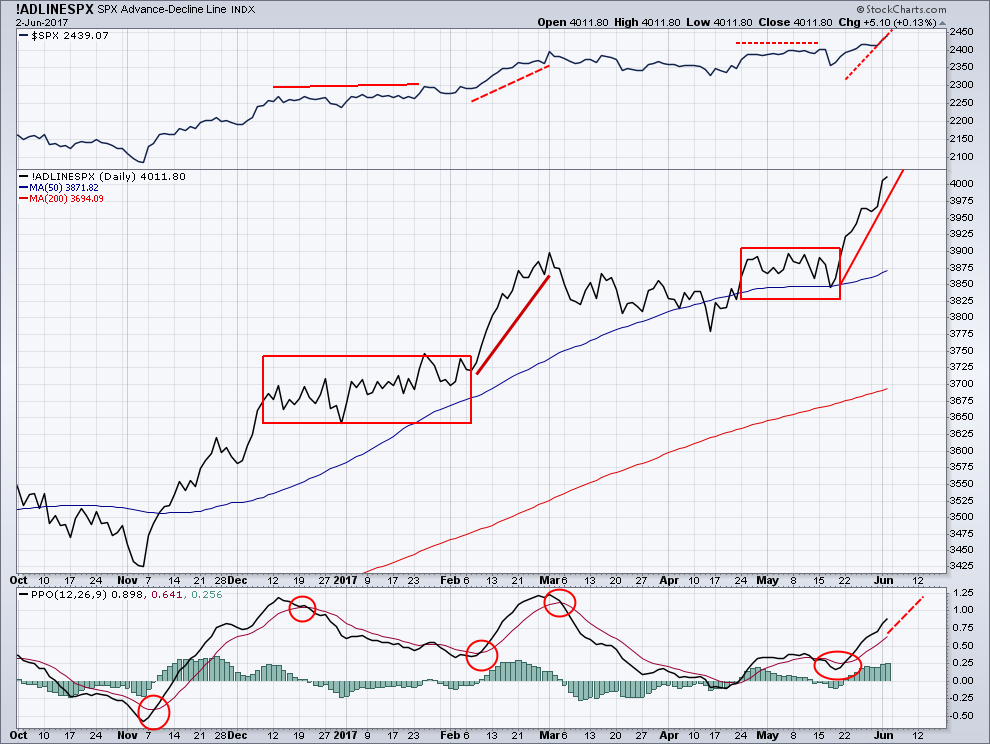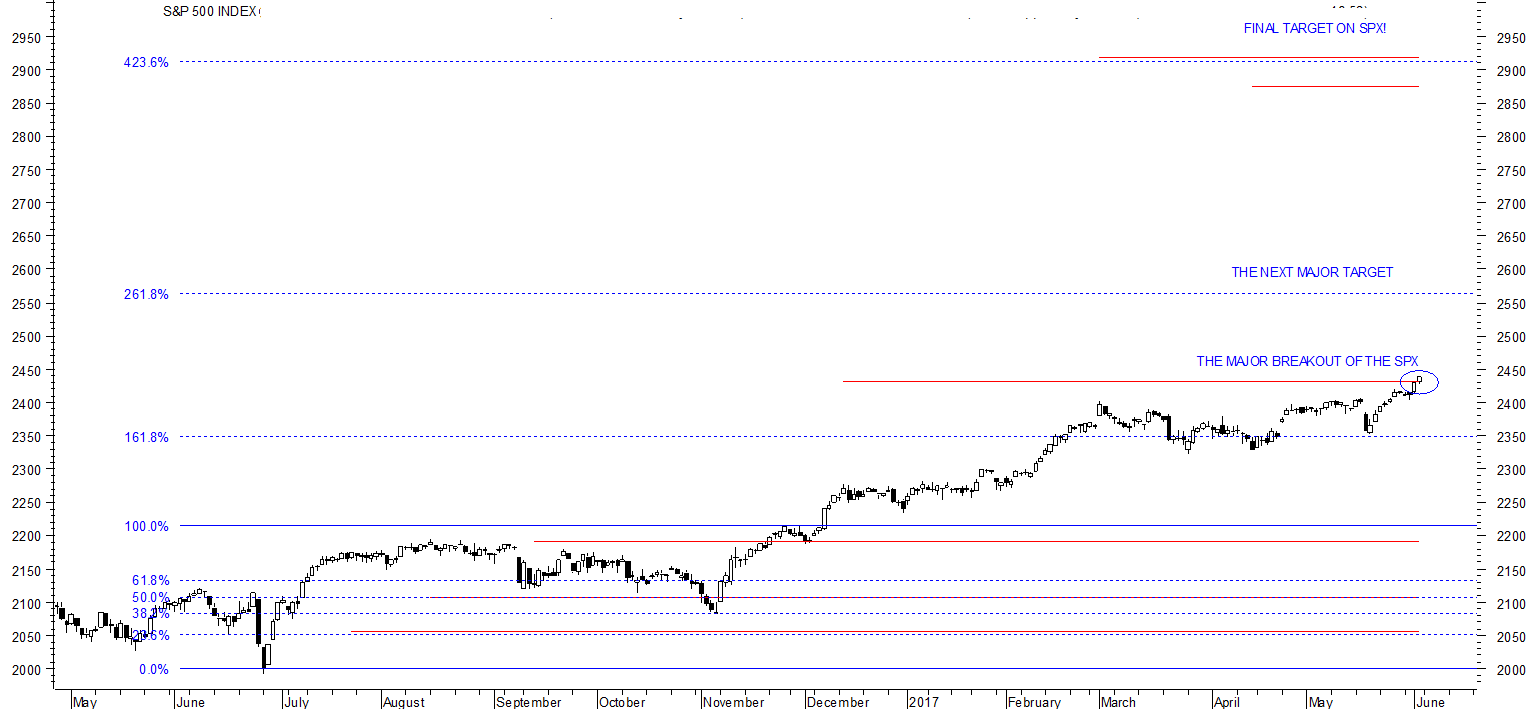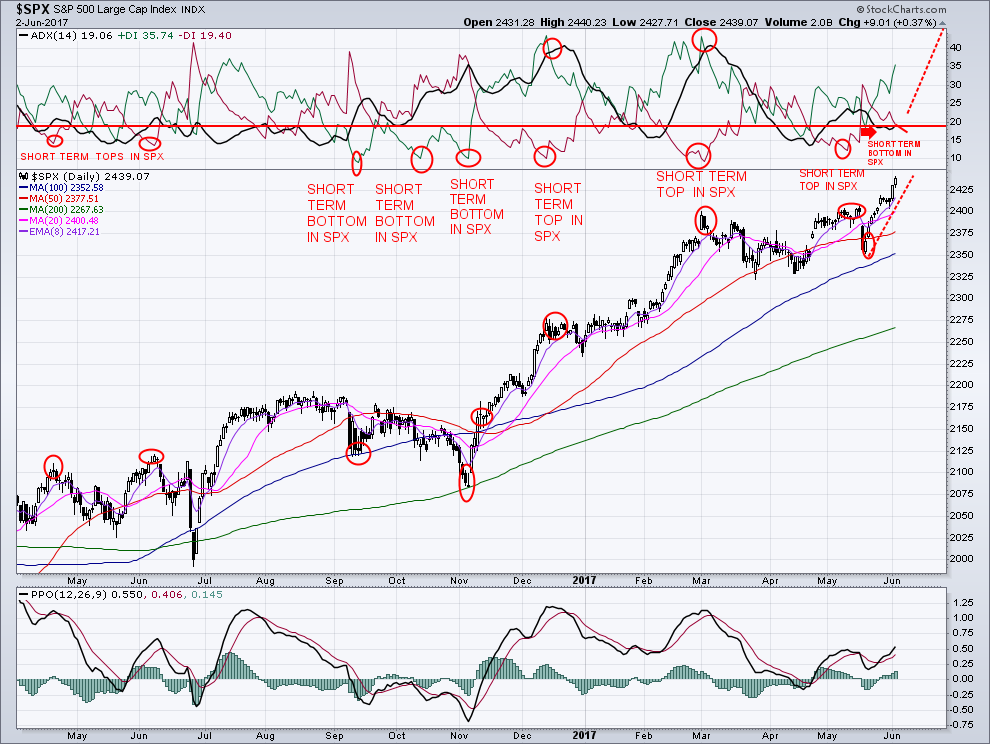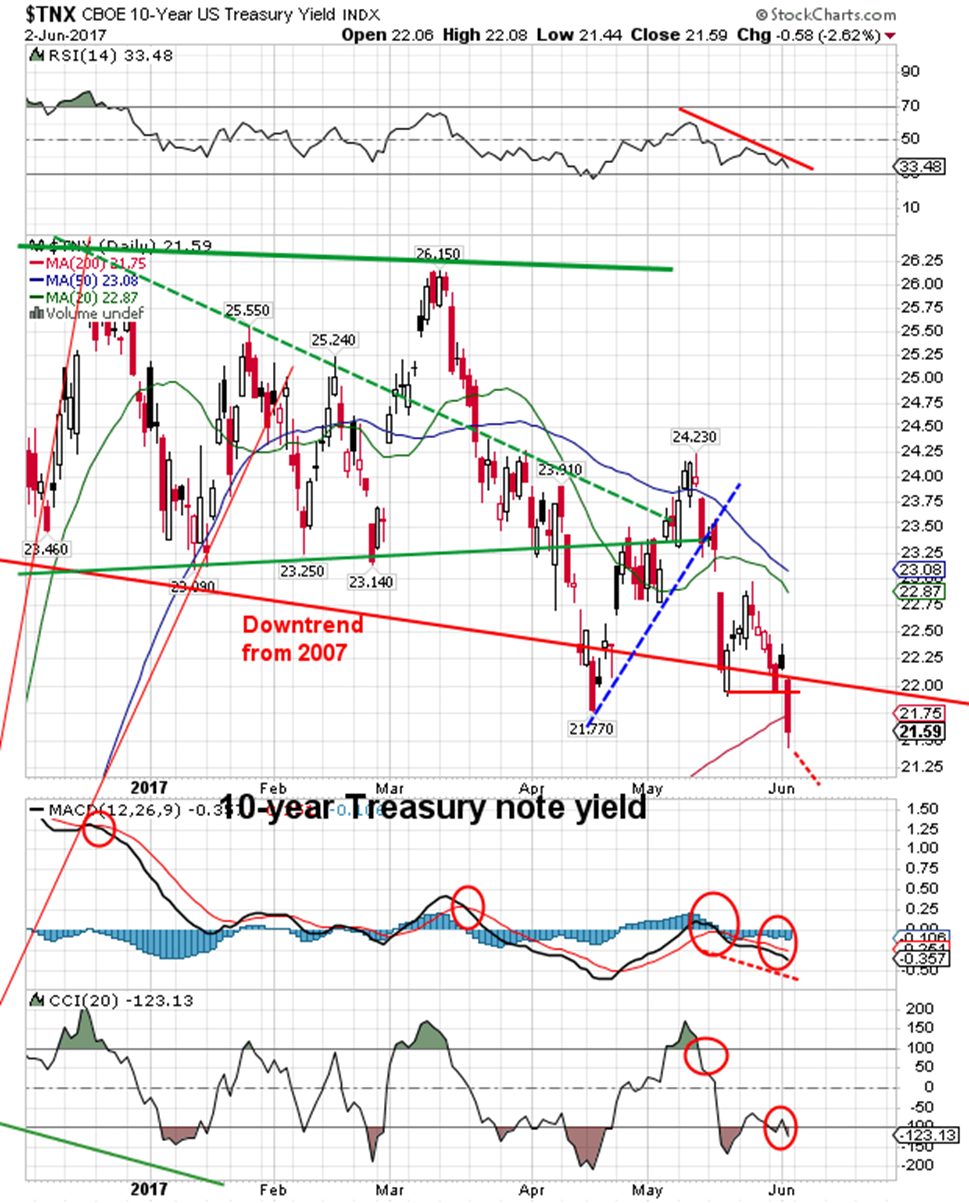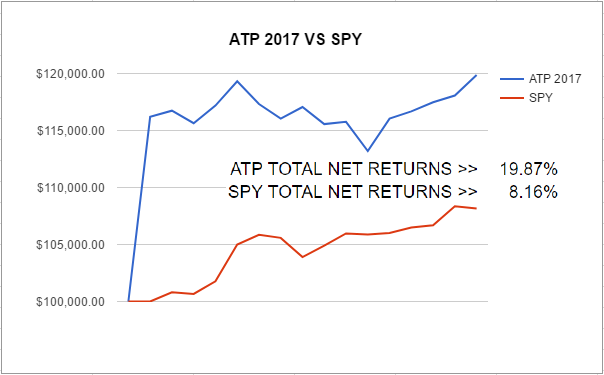Timing & trends
Get-rich-quick investment advice is a fantasy. Get-rich-slow is a validated strategy for real wealth.
Today, it is more important than ever to keep the long-run perspective firmly in mind…
Lest you’ve forgotten, world financial markets are in a state of unparalleled disorder. More capital has been drained from markets, thanks to the irresponsibility of politicians and the acquiescence of naive citizens, than at any time in modern history. The damage done by bombers and tanks in world wars has been matched by the unintended consequences of central planning and bureaucracies.
Fortunately, however, the political and philosophical trend lines are all pointing to true long-term reform. The pendulum’s swing cannot be stopped, and the coming decades will be unmatched in terms of technological progress and wealth creation.
This is exactly the time to be investing in the future. Metaphorically, and sometimes actually, there is blood in the streets. You’ve probably heard that Baron Rothschild, the famously successful 18th-century British investor, said, “The time to buy is when there’s blood in the streets.” In fact, some believe the original quote was, “Buy when there’s blood in the street, even if the blood is your own.”
Remember, investors who bought and held a diversified portfolio of disruptive technologies before and during the Great Depression got rich. Those who lost confidence because they weren’t seeing the quarterly gains typical in bull markets missed their golden opportunity to “buy low.”
This, I repeat, is a chance of historic magnitude to buy the companies that are going to change the world and power the recovery — like the one I am going to tell you about today.
One company has accomplished a major milestone: The demonstration that the company can produce purified cell populations…
As I’ve explained in discussions about other stem cell companies, the ability to produce pure cell populations is critical. The FDA is extremely concerned that the introduction of unpurified stem cells might cause inappropriate cell growths, or even cancers. Geron’s nonpurified stem cell lines did, in fact, produce microcysts in early tests.
For liver or any other stem cell therapy, therefore, it is critical that the cells used in a therapy are only the type needed for that therapy.
While I had little doubt that this company would solve this problem, I had no idea what the solution would be.
I spoke to the leading researcher who helped me understand this breakthrough technology. Essentially, this company has discovered how to replicate a feature of early embryonic development that begins the process of cell differentiation. Known as the “primitive streak,” it is the initial division of undifferentiated embryonic cells into “bilateral symmetry.” Some bioethicists, in fact, consider this event the “ensoulment” or beginning of life.
Regardless, the primitive streak has unique characteristics that provoke very specific movement of cells within the embryo. The important thing to know is that this company has created artificial primitive streaks. Therefore, they can provoke purified cells to migrate into purified cell populations.
This company also enrolled the first US-based donor in its program to establish the clinical-grade human parthenogenic stem cells capable of immune-matching most humans.
It has already gone through the rigorous bureaucratic and regulatory process to assure that the cells created by these donor cells are acceptable to the FDA.
Regulatory approvals were obtained from the Institutional Review Board (IRB) and the Stem Cell Research Oversight (SCRO) Committee. Cell lines have already been collected offshore, but the American side is critical to the company’s road map.
Highly purified stem cells are not just effective replacement cells; they are young. People who use these cells for therapies will have organs and tissues with life spans that will extend for as much as a hundred years or more.
This will change the nature of medicine as we know it…
It’s the future of biotech. And I believe this amazing technology could eventually improve… and extend… every life of every person on earth…
Regards,
Patrick Cox,
for The Daily Reckoning
Joel’s Note: We’re always eager to learn where Patrick’s latest investigation has taken him. Though we admit an impressive ignorance in the field of disruptive technologies ourselves, Patrick has amassed a rather impressive track record for both identifying and capitalizing on opportunities in this realm for readers of his Breakthrough Technology Alert.
In his most recent report — which just hit the virtual shelves this past weekend — Patrick claims he’s identified the “Last Stock You’ll Ever Need.”
That’s a big claim, you’ll surely agree.
Naturally, we’re skeptical…a trait our vocation and various avocations demand. That said, Patrick’s report is a fantastically, characteristically intriguing write up…even if you do decide to buy a stock or two after this one. Check it out here.
In my market comments last year I frequently referred to the KEY turn dates of May 2 and Oct 4…when the directional trends of a number of important markets changed. For instance, the S+P 500 and Crude Oil both made important highs on May 2 (and the US Dollar made an important low) while on Oct 4 the S+P 500 and Crude Oil both made important lows (and the US Dollar made an interim high.)
Last year, as markets approached the KEY HIGH turn date of May 2, 2011, bullish enthusiasm was very strong across asset classes….silver was charging to $50 an ounce and the VIX traded down to a 4 year low…the COT data indicated that speculators were very aggressive buyers. I was anticipating that the (bear market) rally from the March 2009 lows was reaching a crescendo…but I was waiting for a confirmation that a top had been made.
May 2, 2011 turned out to be a significant high in a number of markets and prices declined into late June. There was a “bounce back” rally into July (which took a few markets like AUD, CAD, Copper to marginal new highs) but then most asset prices (except for gold) fell sharply through the August/September period into the KEY Oct 4 lows. During that break the VIX rose sharply and by Oct 4 it hit 46%…three times what it had been at the May 2 highs…a great indicator of a bearish extreme. Since the Oct 4 lows in stocks and commodities the VIX has tumbled to 17% this Friday….its lowest level since July of last year….as rising asset prices have dampened the market’s anxiety.
Over the past several weeks asset markets have “wanted” to go higher…a “risk on” environment….especially since the Euro joined the party and turned higher in mid-January.
This Friday the DJI registered its highest weekly close since May 2008 while the Nasdaq index closed at its best levels since December 2000. The S+P 500 and other broad indices of American stocks are still below the highs they made last year, as are the major European, Canadian and global stock market indices….however, nearly all of the major stock market indices around the world (Shanghai is a notable exception) have been trending higher since their KEY Oct 4 lows. Once again I am anticipating that the asset rally is reaching an extreme and will soon make an important turn lower.
For the past several weeks I have been “cautiously” participating in the “risk on” asset rally in my short term trading accounts. From time to time I have taken long positions in the S+P 500 and the CAD futures markets, not on a “buy and hold” basis, but on a “short term trading” basis. I have been cautious because I have been concerned that the rally was “running on fumes” and that there was a real risk of a significant downturn. At the end of last week I had closed out my long CAD futures position and I started this week flat in my trading accounts…anticipating a possible downside break in asset markets, but waiting for confirmation that a break was actually happening before establishing short positions.
Asset prices started this week on a soft tone but there was no real confirmation that the rally was over and a break was developing. I waited. By mid-week the “risk on” tone was re-established and markets went bid. On Friday the US employment data was interpreted as bullish and European and North American stock markets staged a strong rally. The Euro currency traded sideways for most of the week (Euro peripheral bond yields fell and the index of European bank share prices rose to a 6 month high as the market wants to believe that the European debt problems have been “stabilized”) while the commodity currencies all traded higher. The CAD closed the week at a 3 month high Vs. the USD, while the AUD closed the week at a 15 year high relative to the CAD (I see this as an indicator that bullish enthusiasm is getting overdone.) Gold had rallied $225 from late December to mid-week but seemed to run into resistance around $1750 and dropped $32 on Friday as European debt worries faded and the (apparently) strengthening US economy caused a sharp break in bond prices.
In my short-term trading accounts I took a “one unit” short position in the CAD Vs the USD on Friday’s close on the view that the “run for the roses” in asset prices this week was overdone. This is clearly an opinion-driven counter-trend trade and I won’t keep it if the risk markets continue higher.
The fact that the DJI closed this week above its KEY May 2, 2011 highs (at its highest level in nearly 4 years) may be an early warning sign that we are seeing a sea-change in the entire structure of the markets. If the much broader S+P 500 index trades above last year’s May 2 highs then I will have to re-think some of my “Big Picture” market views….which have been that the rally in stocks and commodities from the March 2009 lows to the May 2011 highs was actually a bear market rally…that the decline into the Oct 4 lows was only the first leg of the resumption of the secular bear trend…that the US Dollar ended a multi-year bear market in July of 2008 and made a KEY “higher low” on May 2, 2011…..and will be trending higher for a number of years….that yields on US Bonds are near a secular low and will be trending higher….and that the $1900 August high in gold was a key high and much lower prices lie ahead.
As a trader I always have “Big Picture” market views….which frequently need to be changed as market conditions change! I often trade against my “Big Picture” views in my short-term trading accounts, as I have with long positions in CAD and the S+P futures over the past several weeks…and these are always cautious positions….but I’m happiest, and more aggressive, when my short-term trading positions are aligned with my “Big Picture” views….and the markets are giving me evidence that I’m right! Bottom line….I’m currently anticipating that asset prices are about to take a significant break…if I see a confirmation of that I will be establishing futures/options positions to profit from falling stocks and commodities….however, if the cash S+P 500 (currently around 1345) trades up through last year’s May 2 highs (1370) I will have to re-think my “Big Picture” views and how I want to trade.
About Victor Adair
Victor is a Senior Vice President and Derivatives Portfolio Manager at Union Securities Ltd., and is also a regular market analyst and frequent host on Canada’s most popular financial radio talk show Money Talks on CKNW980 in Vancouver, BC. He began trading in the financial markets 40 years ago and has held a number of senior positions during his long career as a commodity and stockbroker.
Victor’s trading focus is primarily on the currency, precious metal, interest rate and stock index markets and his clients are high net worth individuals and corporations.
U.S. stock markets just keep going higher and higher! How much higher will they go? I am forecasting another 25% higher for U.S. stocks! The ‘bullish trend’ from the breakout continues, as expected. Breadth has become strong, once again, including a new all-time high on the SPX Advance/Decline line to match the new all-time high for the SPX. My breath thrust index reissued another buy for the SPX on May 31st, 2017. Once the markets wake up and realize that there will be no U.S. tradewars, they will then begin their assent.
THE BIG PICTURE
The Fourth Industrial Revolution, which will be referred to as ‘Tech Hypergrowth’, will be the enabling attribute of technology’s new central role within the global economy. Through technological innovation and investment, in developing infrastructures, companies are heading into an all new frontier.
Harnessing technology so as to realize undeveloped opportunities is a hallmark of ‘tech hypergrowth’. This approach leads to the now quite familiar phenomenon of innovation. Tech Hypergrowth Companies are employing both existing and recently developed infrastructures for growth. These new opportunities lie in ongoing and recent technology shifts, industry transformations and demographic and societal changes. Research indicates that ‘tech hypergrowth’ companies are highly data-driven and that data is enabled to adjust the fit between the technology, the business and its’ customers.
‘Emergency Stimulus’ Is Now Permanent
Last Friday, June 2nd, 2017’s Jobs Report supported the number of new jobs that are now expected. If the economy continues to contract, the Fed, in alliance with the Trump Administration, will increase their money printing which will, in turn, push gold higher.
This explains why gold prices rallied in response to the disappointing jobs report. There is no market crash on the horizon. In last weeks’ article, May 26th, 2017, I wrote (that) “When short-term sentiment becomes pessimistic, it creates a new entry signal to re-enter the SPX long. This is exactly what occurred on May 25th, 2017”.
We still remain extremely bullish with a stop/loss at 2400. There is major support at the 2400 level. This level used to be strong resistance, then became major support in the May 2017 breakout.
Historically, the best sectors were dominated by staples, utilities and health care which had shown consistent positive returns.
Understanding correlations in complex financial systems is crucial in the face of turbulence, such as the continuing ongoing ‘financial crisis’. The strong breath and new highs support the advance of the SPX as it continues on its’ gains.
The New Bear Market Of Interest Rates
In recent decades, this has led to a further decline in interest rates, almost every time, along with a rally in the more defensive sectors of the stock market.
Over the past 36 years, the ten-year Treasury Note Yield has preceded a new downtrend in interest rates, virtually every time,when they have reached major support. Yields dropped an average of a 11% over the following year and declined 9 out of 11 times.
As interest rates continue to decline, it is great for bond funds, but not good for banks. The SPDR S&P Bank (NYSE:KBE) is near its 2017 low as depicted in the chart below.
The U.S. dollar index closed last week at a new low for the move at 96.67, down 47 basis points on Friday, June 2nd, 2017 (0.48%). The dollar’s trouble came when the government jobs report announced only 138,000 new jobs were created last month. This fell short of economists’ expectations and lower than that of April of 2017. Dropping yields are a driver of currency exchange rates and forecast future lower interest rates.
The U.S. dollar clearly took a hit from the May jobs report with expectations of the Fed raising U.S. interest rates beyond June. From a technical standpoint, the Dollar Index is bearish on the daily charts. With the lack of confidence that the Fed will not take any action beyond June, the dollar has been pushed further into a new bear market territory but price is nearing critical support and I do feel a short term bounce in dollar is near.
The Decoupling Of Correlated Asset Classes
In financial systems, correlations are not constant, all the time, but rather, vary over time. Reliable estimates of correlations are necessary to protect a portfolio. I find that the result that the correlation among different ‘asset classes’ scales ‘linearly decouple’ with market stress.
Consequently, the diversification effect, which should protect, melts away in our current financial times. My empirical analysis is consistent with the interesting possibility that one could anticipate diversification breakdowns.
In our very leveraged financial markets, the ‘leverage effect’ can decouple the traditional relationships correlation between the asset classes.
It is crucial to understand the fundamentals of the capital processes that are currently in play. President Trump is preparing for a major shake-up at the Fed. There are three vacancies coming up at the Fed’s Board of Governors. President Trump is preparing for a series of new appointments to the Fed. He is considering a former Federal Reserve Economist, who advocates the implementation of negative interest rates. The administration has been saying that it plans to deregulate the old rules that were imposed on Wall Street in the aftermath of “The Great Financial Crash of 2007”.
In January 2018, the term of Fed Chairwoman Janet Yellen will expire. The president is undecided whether he will reappoint her or seek a new appointee for this position.
In my opinion, President Trump wants a weaker dollar which in return will boost profits in U.S. corporation.
TRADES IN MAY:
Amicus Therapeutics Inc (NASDAQ:FOLD), up 18% in 6 Weeks
Direxion Daily Small Cap Bull 3X Shares (NYSE:TNA), up 5.9% in 11 Days
Direxion Daily Energy Bear 3X Shares (NYSE:ERY), up 4.75% in 2 Days
iShares Silver (NYSE:SLV), up 3.2% in 5 Days
Mobileiron (NASDAQ:MOBL), up 15% in 7 Days
FOLD, up 9.5% in 40 Days
Direxion Daily Gold Miners Bull 3X Shares (NYSE:NUGT), up 81% in 27 Days
VelocityShares 3x Long Natural Gas linked to S&P GSCI Natural Gas Excess Return (NYSE:UGAZ), up 74% in 14 Days


